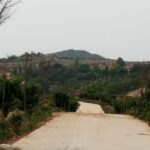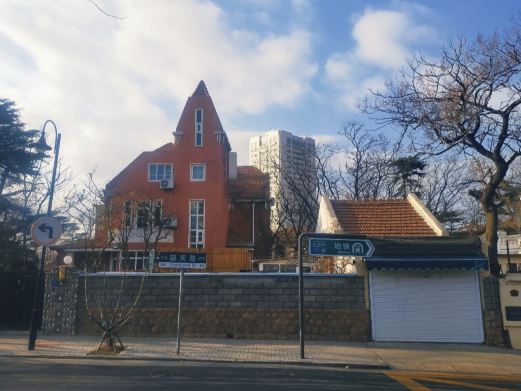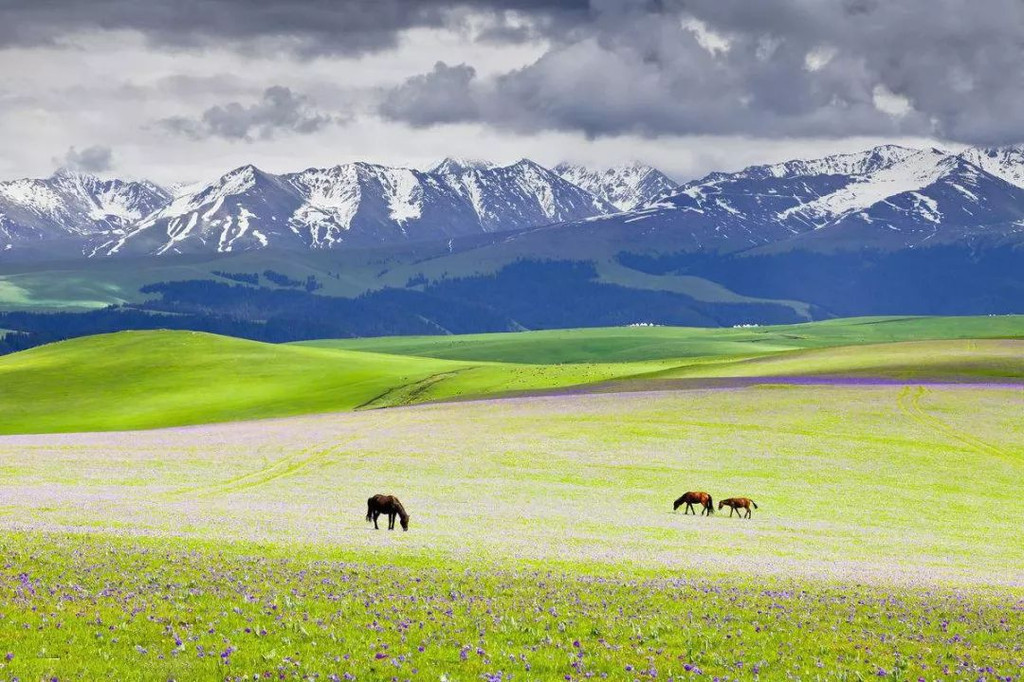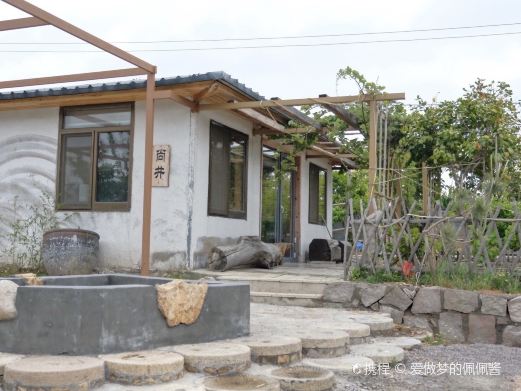Yushan, also known as Wushan, is located 19 kilometers from the county town and has an elevation of 82.1 meters. It is renowned for being the burial site of Cao Zhi. The tomb of Cao Zhi, a renowned literary figure, was initially constructed in 233 AD (the seventh year of the Taihe era of the Wei Dynasty) on the western slopes of Yushan. It is a large mound covering an area of over 1200 mu, with the Yellow River and the Xiaoqing River meandering around its southeast sides, forming a sash. Across the rivers, a range of mountains stretches, with peaks rising into the sky, resembling a screen. To the north, the Jin Di extends, like a yellow dragon lying quietly, overlooking fertile plains that stretch as far as the eye can see. Closer inspection reveals houses neatly arranged at the foot of the mountain, while from a distance, villages are scattered like stars, resembling an ink painting that captivates the viewer and offers a grand view.
Cao Zhi was a celebrated Chinese literary figure during the Jian’an period, known for his exceptional talent, ability to compose verses in seven steps, and his ornate and vigorous literary style, which had a significant impact on later generations. Tombs from his era are rare in China, making Cao Zhi’s tomb of great importance for the study of literary history and archaeology. The mountain also contains many gray pottery shards from the Longshan period, as well as artifacts from the Spring and Autumn and Warring States periods to the Western Han Dynasty. There are also eight major scenic spots, including ‘Chongyun Cave’, ‘Lvhu Residence’, ‘Sìtǎi Pavilion’, ‘Xiàozhào軒’, ‘Dàoyǐng Pavilion’, ‘Yángmào Terrace’, and ‘Immortal’s Footprint’. In 1981, funds were allocated to build a tomb enclosure wall and renovate the Sui Dynasty stele pavilion. In 1986, the collapsed parts of the tomb were repaired, restoring its historical appearance. To increase the visibility of Cao Zhi’s tomb, the Dong’e County Committee has made a scenic area plan for the tomb on Yushan, dividing it into six areas: the tomb’s spirit path area, the mountain area, the ‘Zijian Temple’ area, the memorial hall area, the lotus pond area, and the living area. The aim is to develop Yushan Cao Zhi’s tomb into a tourism venue that integrates dining, accommodation, shopping, and entertainment. The tomb is open year-round from 08:30 to 17:30, with specific business hours subject to the day’s opening status.Cao Zhi’s Tomb
Yushan, also known as Wushan, is located 19 kilometers from the county town and has an elevation of [...]









